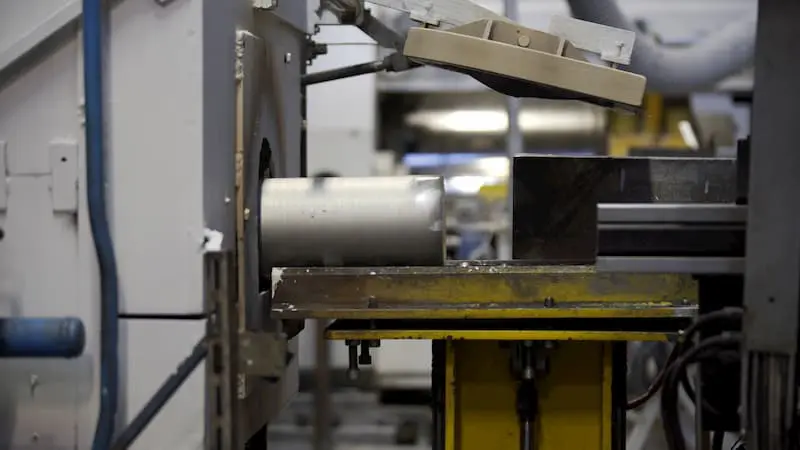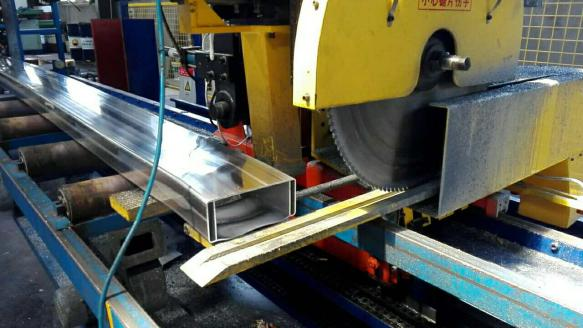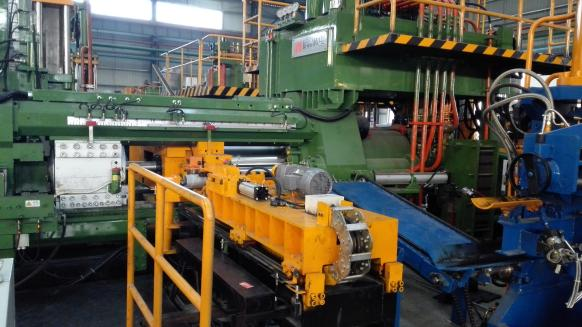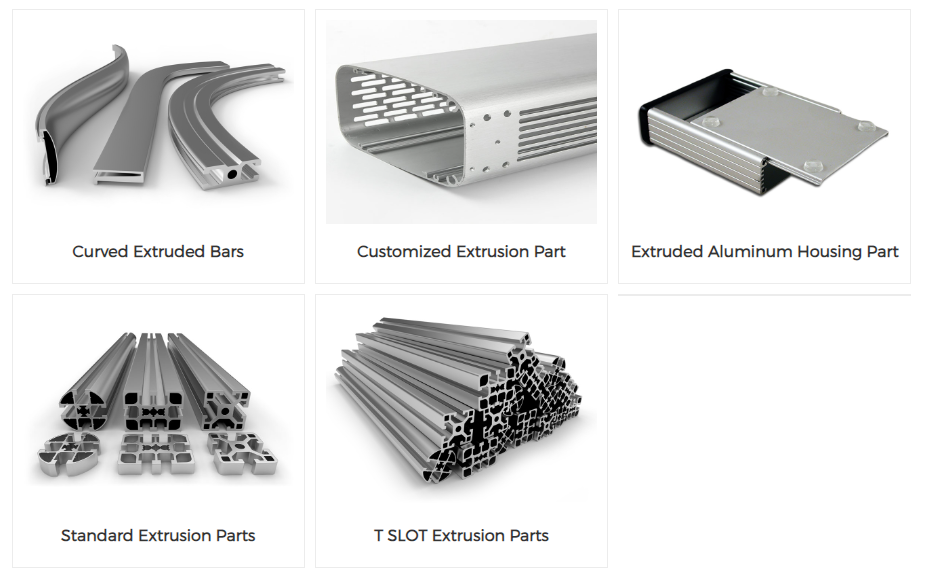Extrusion is a manufacturing process used to create objects with a fixed cross-sectional profile by pushing or forcing a material through a die or a set of dies. The material, often in a heated or semi-molten state, is forced under high pressure through the opening of the die to produce the desired shape and length. Extrusion is commonly used for metals, plastics, and even food products.

What are the process steps of extrusion?
Material Preparation: Select the appropriate raw material, typically plastic pellets or metal billets. Depending on the product requirements, the raw material may need to be heated or pre-treated.
Feeding and Melting: Feed the raw material through a feeding system, such as a hopper, into the extruder. Inside the extruder, the material is heated and melted, usually achieved through heating screws and heaters.
Extrusion: The molten material is pushed into the extruder's screw or plunger. The screw or plunger applies high pressure to propel the molten material towards the extrusion die.
Die: The molten material is extruded through a specially designed die, which determines the cross-sectional shape of the final product. The die is typically made of metal and has an entrance and an exit.
Cooling and Solidification: The material at the exit of the extrusion die rapidly cools, allowing it to solidify and maintain the desired shape. Cooling can be achieved through water or air cooling.
Cutting and Stretching: The extruded continuous product is cut to the desired length using cutting equipment. In some cases, the product may undergo stretching or further processing to achieve the desired mechanical properties.
Post-processing: Depending on the product requirements, further post-processing steps such as surface treatment, trimming, polishing, or other machining operations may be performed.


See What Makes extrusion So Popular
Extrusion is popular due to several key factors that contribute to its widespread adoption and popularity:
Cost-effectiveness: Extrusion offers cost advantages compared to other manufacturing methods. The initial investment in extrusion equipment is generally lower, and the process allows for high-volume production, resulting in lower unit costs. Additionally, extrusion often eliminates the need for additional machining or assembly steps, reducing overall manufacturing expenses.
Efficiency and Continuous Production: Extrusion enables continuous production, leading to higher efficiency and productivity. Once the extrusion process is set up, it can run continuously, producing long lengths of consistent products. Continuous production minimizes downtime and increases output, making it ideal for large-scale manufacturing.
Design Flexibility: Extrusion provides design flexibility, allowing manufacturers to create products with specific profiles, dimensions, and functional features. By adjusting the extrusion process parameters and utilizing different dies, designers can achieve a wide range of customizations to meet specific requirements.
Consistent Quality: Extrusion allows for precise control over product dimensions, tolerances, and material properties, resulting in consistent and uniform products. This reliability is crucial in industries where product consistency and quality are essential.
Sustainability: Extrusion can contribute to sustainability efforts. The process can utilize recycled materials, reducing waste and promoting a circular economy. Additionally, extrusion often consumes less energy compared to alternative manufacturing processes, making it environmentally friendly.

When choosing the extrusion process according to the actual situation, several factors should be considered:
Material characteristics: Firstly, it is necessary to assess the characteristics of the materials being used. Different materials have varying melting temperatures, flow properties, and extrusion performance. Ensuring that the chosen extrusion process can accommodate the material's characteristics is crucial for obtaining high-quality finished products.
Product requirements: Clearly defining the requirements of the product is an important consideration when selecting the extrusion process. Consider aspects such as the shape, size, wall thickness, and surface quality of the product to determine the appropriate type and parameters of the extrusion process.
Production scale: Extrusion processes are suitable for large-scale production, but different extrusion equipment and lines have varying capacities and production efficiencies. Based on the expected production scale, choose the appropriate extrusion equipment and line configuration to ensure meeting the capacity requirements.
Cost considerations: Considering the cost-effectiveness of the extrusion process is crucial for the manufacturing process. Evaluate the investment, operational costs, and maintenance expenses of the extrusion equipment and compare them with alternative processes to choose the most economically viable option.
Process flexibility: Some extrusion processes offer higher process flexibility, allowing for adaptation to different products and production requirements. Consider the adjustability of the production line, ease of mold changes, and flexibility in adjusting extrusion parameters for quick adjustments and changes when needed.
Quality control: Ensure that the extrusion process incorporates appropriate quality control measures to ensure product consistency and compliance with specifications. Consider factors such as online monitoring, inspection equipment, and quality management systems within the extrusion process to ensure product quality.
Sustainability and environmental considerations: Consider the factors of sustainability and environmental impact of the extrusion process. Assess the influence of the extrusion process on energy consumption, waste handling, and environmental emissions, and choose process parameters and equipment that align with environmental requirements.
In summary, selecting the appropriate extrusion process requires a comprehensive consideration of material characteristics, product requirements, production scale, cost-effectiveness, process flexibility, quality control, and sustainability. By weighing these factors according to the specific situation, the most suitable extrusion process solution can be chosen.
Post time: Feb-20-2024
